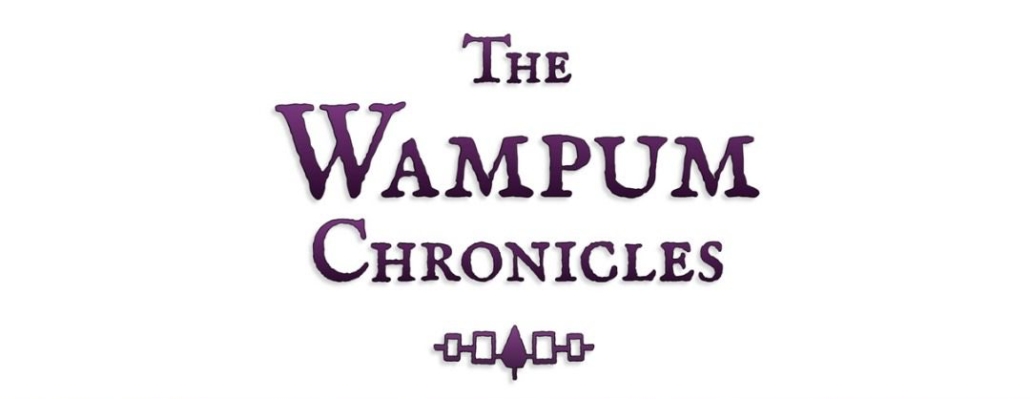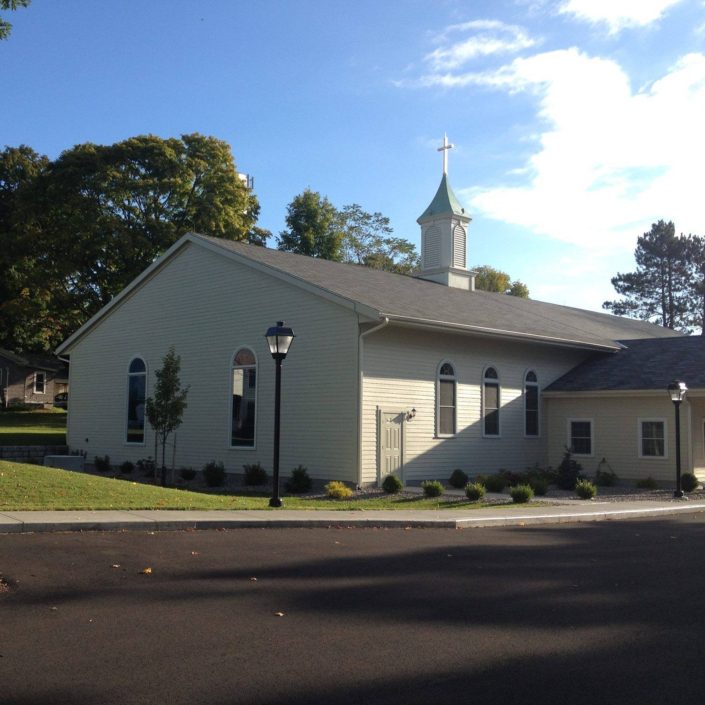
The Missions of Atiatonharongwen
(Originally published in The People’s Voice, October 7, 2005)
Written by Darren Bonaparte
When something sounds too good to be true, it usually is. That old maxim doesn’t apply to Colonel Louis Cook, whose war record during the America Revolution would sound too amazing to be true if it weren’t for the noteworthy officers on both sides of the conflict who mention him in their writings. This week we look at some of the missions he was assigned…as well as the intelligence that was gathered about him by his enemies.
Got a fleet of enemy British warships you’d like to see disappear? The man to talk to would have been Colonel Louis Cook, our illustrious ancestor. He was given a mission to do exactly that by American General Philip Schuyler in March of 1778:
Reflecting that Congress might perhaps have in Contemplation the Reduction of Niagara on our Expedition into Canada thro Ontario, I have engaged Louis, commonly called Colonel Louis a friendly Caghnawaga and [ ] of sense & Enterprize who is going into Canada by the way of Aswegatchie with three or four trusty Oneidas to burn if possible the Enemy’s Vessels on Ontario if not to attempt the Destruction of those at St. John’s and have promised a thousand Dollars in Species as a Reward if the one or the other is accomplished. I hope for the Approbation of Congress. Louis who expects to return in less than Forty days is also charged to bring me the most exact account he can procure of the Enemy’s Force in Canada, the posts occupied by them and the numbers at each post to inform himself if possible what military operations the Enemy mean to prosecute from Canada in the ensuing Campaign and to engage some of our Caghnawaga Friends to give the earliest Intelligence of the movement of the Enemy and what provisions & military Stores may be sent either to St. John’s or up the St. Lawrence.
Cook was also charged with monitoring the actions of Joseph Brant, the pro-British Mohawk warrior, as the following quote from a letter from James Deane to Schuyler dated March 29, 1779 illustrates:
Colonel Louis arrived here this afternoon from Oneida and brings an account that he has received undoubted Intelligence that Joseph Brandt is gone with a very large Belt of Wampum to the seven Tribes in Canada. He is sent to call those Indians to Oswego where Colonel Butler is to meet them with what force he can collect of Indians Tories, &c. and to take post as soon as the Season will permit. In consequence of which Intelligence Louis is now on his Way for Canada & leaves this to morrow. He determines if possible to frustrate the Design of the Enemy as to his Countrymen and prevent their being imposed on by the Arts of Brandt. Should any military operations be carried on to the Westward in which the Assistance of our Indian Allies will be required “ I beg leave to observe to the Commission that a Quantity of Indian goods paint &c. will be found very necessary.
Schuyler informed General George Washington of Cook’s expedition in July of that year:
Two days ago Col. Lewis the Indian returned from Canada by way of Oneida– he left the neighborhood of Caughnawaga in the beginning of June, as a reward was offered in Canada for apprehending him he did not dare to venture amongst the inhabitants. His Caghnawaga friends assured him that no troops had been sent up the river St. Lawrence this spring, that no preparations were making for any force to come thro’ lake Champlain, that Brant had not been able to prevail on any of the Caghnawagas to go the westward, that he understood a few of the Canosedago Indians would accompany him. That a thousand Otawas & Chippaways from Lake Huron were to join the Senecas as Brandt gives out to desolate the frontiers.
Sources: Indian Affairs Papers: American Revolution, by Maryly B. Penrose, A History of St. Lawrence and Franklin Counties, New York, by Franklin B. Hough, the Frederick Haldimand Papers, and the biography of Colonel Louis by Eleazer Williams in the Papers of Franklin B. Hough, New York State Archives.
Next in series: The Missions of Atiatonharongwen, Part 2
By Darren Bonaparte, historian and author of The Wampum Chronicles. Reprinted with permission.
Darren Bonaparte is a cultural historian from the Akwesasne First Nation. He is a frequent lecturer at schools, universities, museums, and historical sites in the United States and Canada. He has written four books, several articles, and the libretto for the McGill Chamber Orchestra’s Aboriginal Visions and Voices. Darren is a former chief of the Mohawk Council of Akwesasne. He is the creator of The Wampum Chronicles and historical advisor to film and television. He currently serves as the Director of the Tribal Historic Preservation Office of the Saint Regis Mohawk Tribe.















